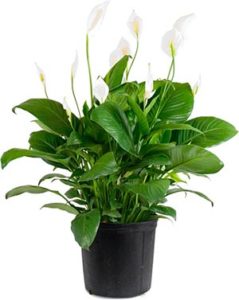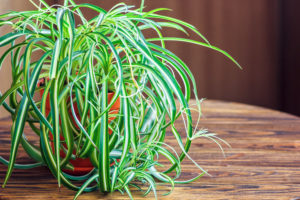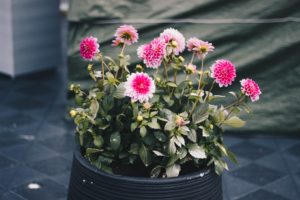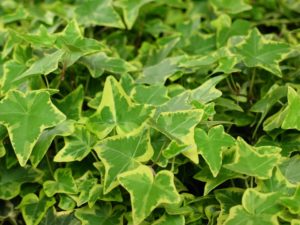Plants to the rescue. 5 plants for healthier interiors

Most of the online speculation around house plants and if they are of any good use when it comes to cleaning our indoor air is cited from the 1989 NASA study, conducted to research ways to clean air in space stations. The study showed that plants did clean the air in a closed, limited environment by absorbing volatile organic compounds (VOC) like formaldehyde.
A reviewer from the U.S. Environmental Protection Agency explained in a 1992 memo on the NASA study, “To achieve the same pollutant removal rate reached in the NASA chamber study” would require having “680 plants in a typical house.”
Annu Grover, Managing Director of NurturingGreen, a NCR based chain of green retail stores says, “These plants are very good at absorbing gases and VOCs that are not efficiently handled by air-purifiers. We suggest people keep at least 2-3 plants a few metres apart in a 200 sq. ft. room. However, these plants can only work to some extent, if you consider the pollution levels in Delhi, placing plants in a room can be considered a futile effort, and we recommend even 6-8 plants in room.”
Plants are also known to improve mood and productivity, enhance concentration and memory and reduce stress and fatigue. Some plants are better at removing certain chemicals than others.
 Peace Lilies (Spathiphyllum)
Peace Lilies (Spathiphyllum)
This evergreen plant is easy to care for. Requires very little light or water to remain healthy, which is one of the main reasons why they’re one of the most popular plants to keep in your home. However, it is mildly toxic and must be out of reach of pets and kids.
NASA’s analysis of indoor houseplants revealed that the Peace Lily was the most efficient at removing airborne Volatile Organic Compounds, including formaldehyde, trichloroethylene and benzene.
Buy here.
 Spider Plants (Chlorophytum Comosum)
Spider Plants (Chlorophytum Comosum)
This is a very adaptable houseplant and is considered to be one of the easiest to grow because it can thrive in a wide variety of conditions. Not requiring direct sunlight or a lot of water. The spider plant is named after its spider-like features, which dangle down from the plant and has over 200 different types. It is easy to take care of because the plant prefers to dry out between watering times. And is known to eliminate formaldehyde and xylene from the air.
Buy here.
 Snake Plants (Sansevieria Trifasciata)
Snake Plants (Sansevieria Trifasciata)
An evergreen perennial plant known to improve your indoor air quality. They grow well both inside and out, and they require very little maintenance. However, it is toxic and should not be ingested.
According to NASA, it is one of the best houseplants for absorbing airborne toxins, including formaldehyde, nitrogen oxide, benzene, xylene and trichloroethylene.
Buy here.
 Chrysanthemums (Chrysanthemum Morifolium)
Chrysanthemums (Chrysanthemum Morifolium)
A popular perennial plant but unlike the Peace Lily, this houseplant loves direct sunlight and requires watering around 2-4 times a week. While they are beautiful to have around, they are also poisonous to animals and must be kept out of reach.
With the proper care and right type of soil, it will start to bloom, which not only help brighten the room, but are also known to clear chemicals like formaldehyde, xylene, ammonia, benzene, toluene, and TCE.
Buy here.
 English Ivy (Hedera Helix)
English Ivy (Hedera Helix)
According to NASA’s Clean Air Study, English Ivy is effective at cleansing benzene, formaldehyde, xylene and toluene from the air. Additionally, other studies have indicated that English Ivy also helps reduce mold in your home.
The plant needs to be kept in an area with constant temperature, and plenty of direct sunlight and water with well-drained soil. And is recommended to be used as an indoor plant due to its invasive nature.
Buy here.
“It is essential to ensure that your plants are healthy. The English Ivy, and the Sansevieria (Snake Plant) are very good for homes, but you must keep them healthy. Larger the surface area of the leaves, the more gases they can absorb,” Grover added.
Cleaning up pollution once it is in the air is extremely difficult. The most effective way to ensure clean air is finding the source of the pollutants and stopping them at that point.
Read: How Can I help? Recycling and Composting




